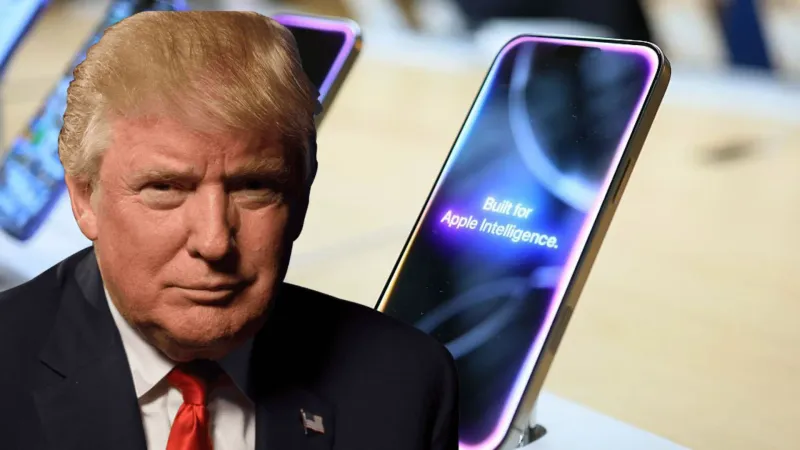President Donald Trump announced he’s carving out smartphones and computers from his sweeping new tariffs on imports. It’s a rare backtrack for a president who’s been doubling down on trade taxes to boost American manufacturing. For folks worried about pricier iPhones or laptops, it’s a sigh of relief—at least for now. But with tariffs still hitting everything from clothes to car parts, shoppers are far from relaxed, wondering what’s next in this rollercoaster of trade policy.
Trump dropped the news in a Truth Social post, saying he didn’t want to “burden consumers” with higher costs for tech they rely on daily. The decision spares a huge chunk of electronics—think cellphones, desktops, and tablets—from the 10% tariff slapped on most imports and the massive 145% duties targeting China, where much of this tech is made. It’s a big deal, considering Americans spent over $200 billion on electronics last year, and companies like Apple and Dell were sweating bullets over how tariffs might jack up prices or choke supply chains.
The exemption came after a rough week. When Trump first rolled out the tariffs, markets tanked—global stocks lost $2 trillion in a single day. Shoppers started panic-buying gadgets, afraid their next phone or laptop would cost hundreds more. Retailers like Best Buy warned of price hikes, and social media buzzed with complaints about everything getting pricier.
“I was ready to pay extra for a new MacBook,” said Jenna Ruiz, a graphic designer in Chicago. “Now I’m holding off, but I’m still confused about what else is going up.”
Why the change of heart?
Insiders say Trump’s team got an earful from business leaders and even some of his own advisors. Tech giants argued that higher tariffs would kill jobs and innovation, not save them, since most electronics rely on global parts. There’s also politics at play—Trump’s eyeing a big manufacturing push, but he knows alienating voters with sky-high phone bills isn’t a winning move. Plus, with Christmas shopping in full swing, easing off tech tariffs might calm the chaos at stores.
The tariffs are still biting hard elsewhere. Clothes, toys, and appliances from China face that 145% hit, while Canada and Mexico are dealing with 25% duties on cars and steel. Economists estimate the average family could shell out an extra $2,600 a year as retailers pass on costs.
“My grocery bill’s already creeping up,” said Malik Johnson, a dad in Atlanta. “I’m glad my phone’s safe, but I’m still cutting back on extras to make ends meet.”
Small businesses are feeling it too. Importers like Sarah Lee, who runs a toy shop in Oregon, say they’re stuck raising prices or eating losses.
Trump’s framing this as a win, promising more American factories and fewer “rip-offs” from foreign trade partners. He’s even hinted at tweaking other tariffs if countries like Canada play ball on new deals. But for shoppers, it’s a mixed bag. Some, like Jenna, are holding off big purchases, unsure if prices will stabilize. Others are stocking up on basics—socks, canned goods—before more tariffs kick in.
“It’s like you’re waiting for the next shoe to drop,” Malik said.
For now, your next smartphone won’t break the bank, but the bigger picture’s murky. With Trump juggling trade wars and holiday crowds watching their wallets, one thing’s clear: nobody’s quite sure what’s coming next. If you’re eyeing a new laptop, maybe grab it while the getting’s good—just don’t expect everything else to stay cheap.

